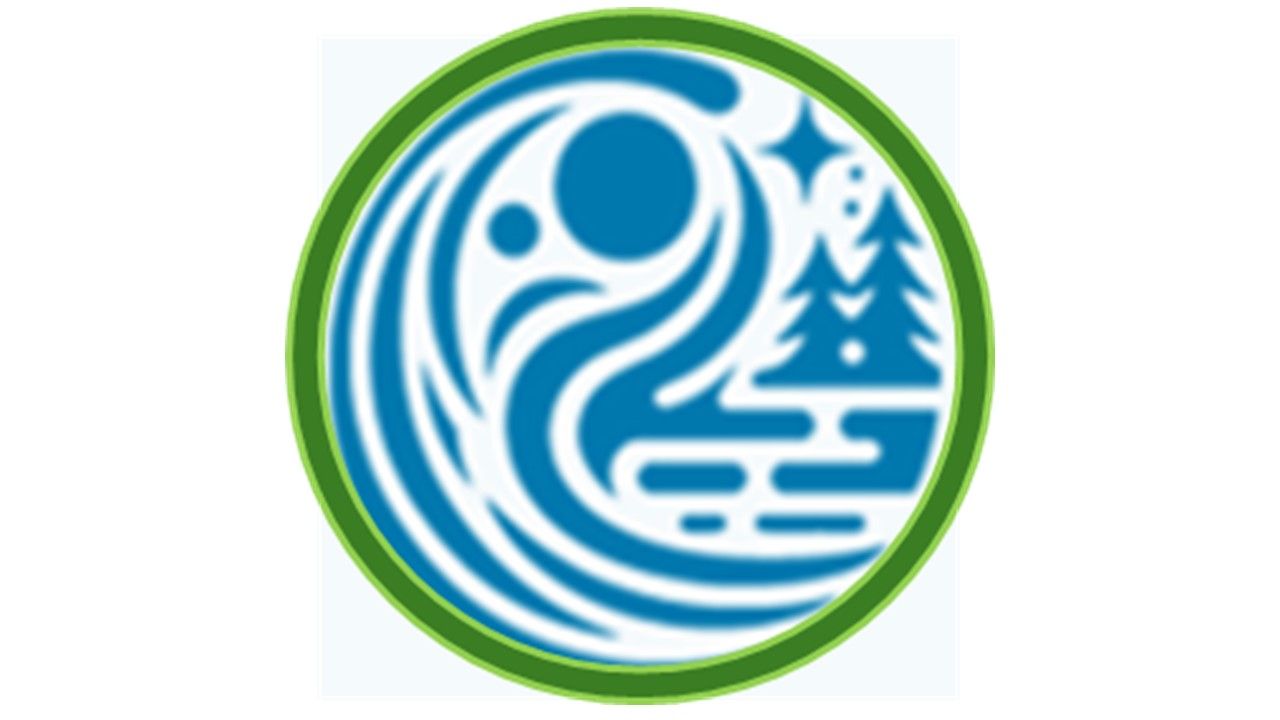The Role of Indigenous Practices in Environmental Conservation
Understanding Indigenous Practices
Indigenous practices have been an integral part of environmental conservation long before it became a global concern. These practices are deeply rooted in the traditions and cultural heritage of indigenous communities, who have lived in harmony with nature for centuries. By understanding the interconnectedness of all living things, these communities have developed sustainable methods to manage natural resources.
Many indigenous communities rely on traditional ecological knowledge (TEK), which is accumulated through generations of observation and interaction with the environment. This knowledge is crucial for biodiversity conservation, sustainable agriculture, and natural resource management. TEK offers valuable insights into local ecosystems, species behaviors, and environmental changes.

The Impact of Indigenous Practices on Biodiversity
Indigenous practices have a profound impact on biodiversity conservation. By employing methods like rotational farming, selective harvesting, and controlled burning, these communities protect and enhance biodiversity. Rotational farming ensures that land is not overused, allowing soil to recover and maintain its fertility. Selective harvesting prevents overexploitation and promotes the growth of diverse plant species.
Controlled burning is another essential practice that helps manage forests by reducing fuel loads, preventing large wildfires, and encouraging the growth of specific plant species. This technique, used by many indigenous groups, mimics natural fire cycles and maintains the health of fire-dependent ecosystems.
Preserving Water Systems Through Indigenous Knowledge
Water conservation is another area where indigenous practices play a critical role. Many indigenous communities have developed sophisticated systems for managing water resources sustainably. For example, the use of terracing in agriculture helps conserve water by reducing runoff and preventing soil erosion. Additionally, traditional water catchment systems aid in water collection and storage during dry periods.

Indigenous people also possess an intricate understanding of local water cycles and ecosystems, allowing them to develop strategies to protect water sources from pollution and overuse. Their knowledge contributes significantly to the maintenance of healthy aquatic ecosystems and the preservation of water quality.
Challenges and Opportunities
Despite their valuable contributions to environmental conservation, indigenous communities face numerous challenges. Land rights issues, resource exploitation, and climate change threaten their traditional ways of life. However, there are opportunities to integrate indigenous knowledge into modern conservation efforts.
- Collaborative partnerships between indigenous communities and conservation organizations can foster mutual learning and respect.
- Recognizing and supporting indigenous land rights is crucial for the protection of natural resources.
- Incorporating traditional ecological knowledge into policy-making can enhance environmental sustainability.

By acknowledging the role of indigenous practices in environmental conservation, we can create more effective strategies to address global ecological challenges. Embracing these time-tested methods can lead to a more sustainable future for our planet.
